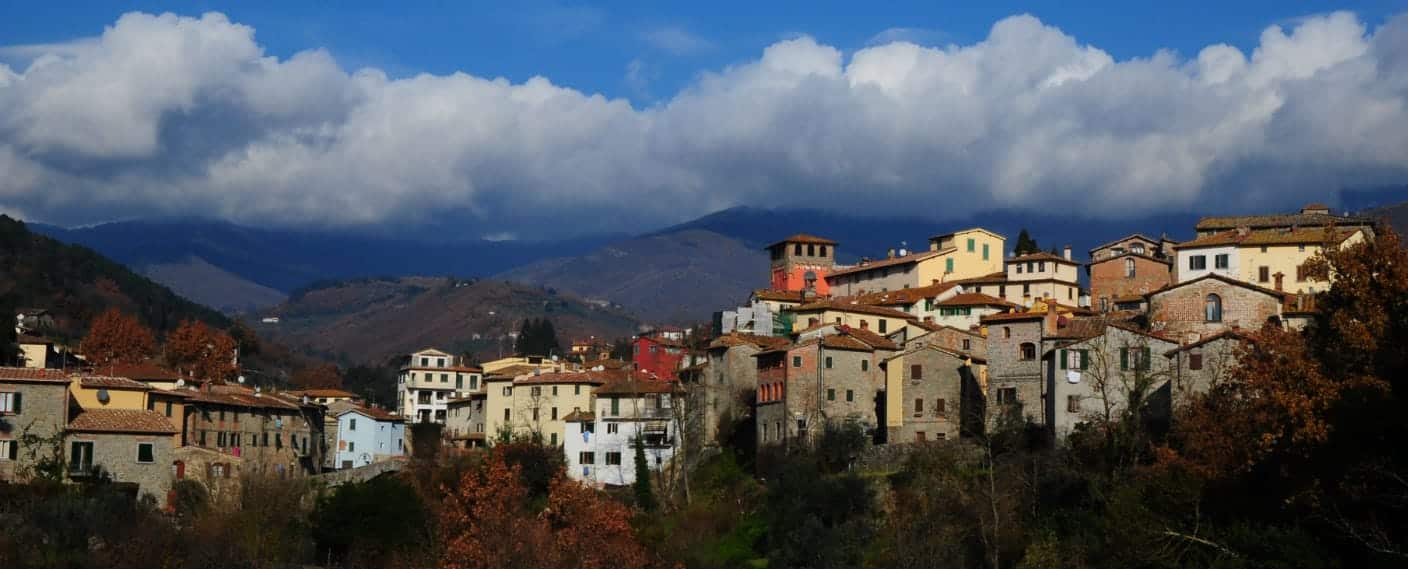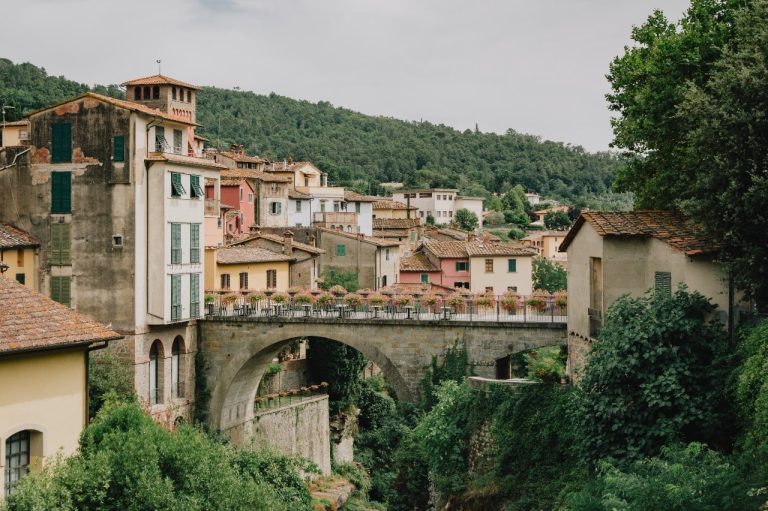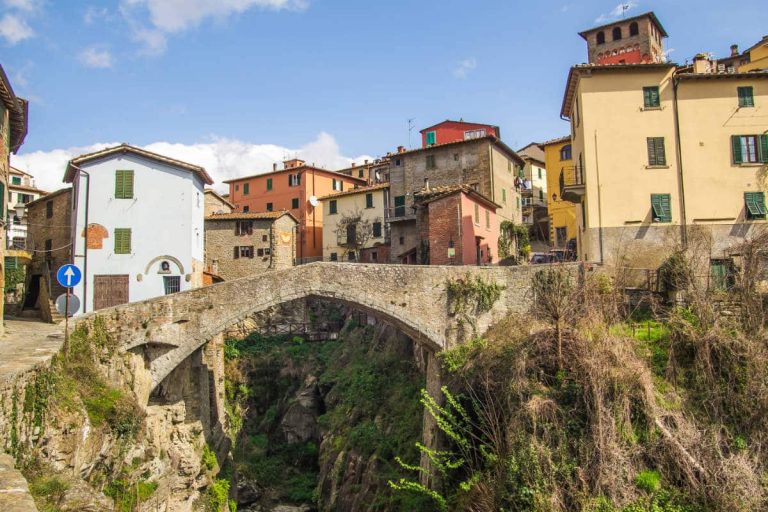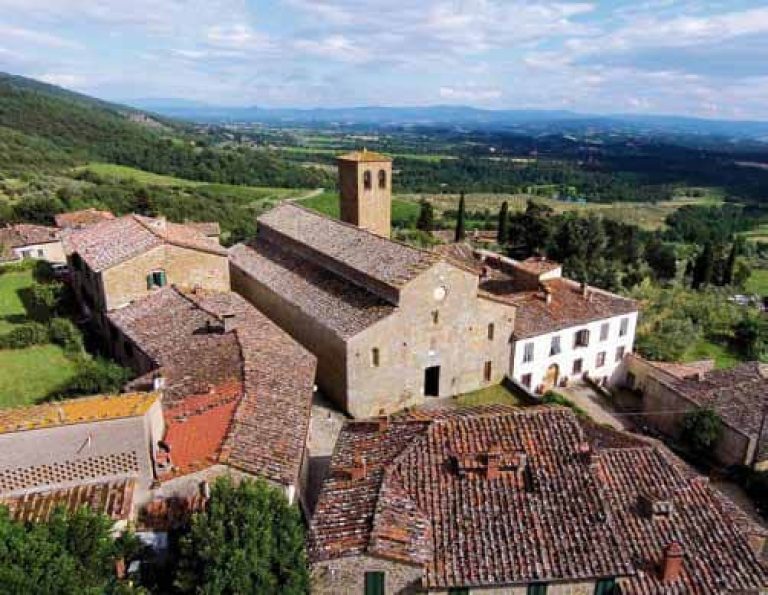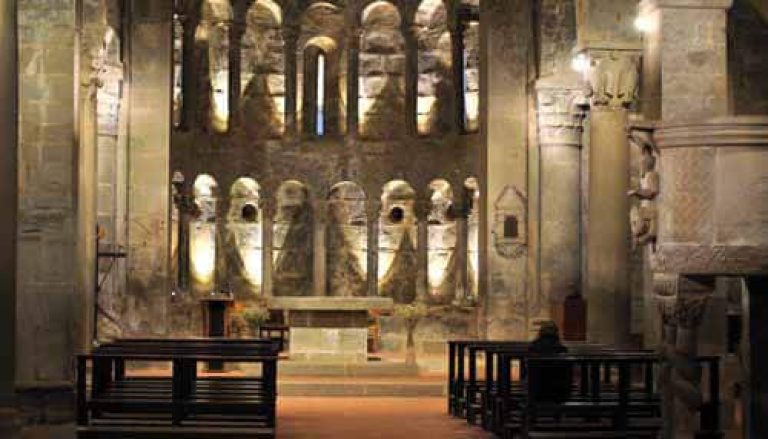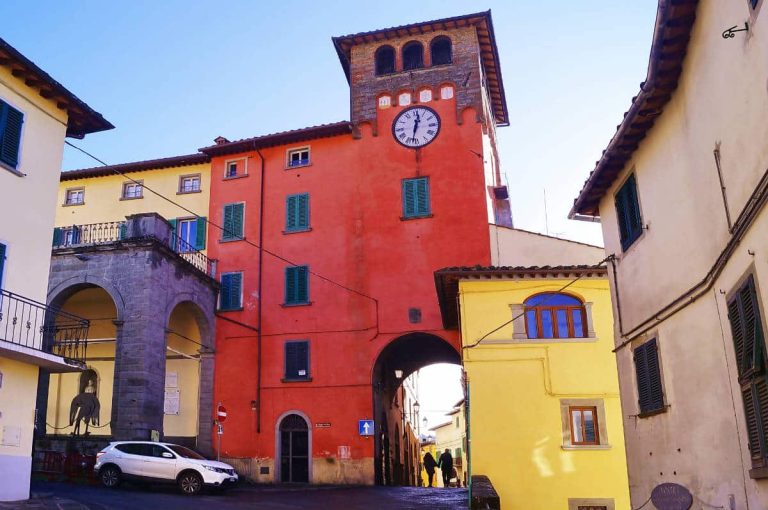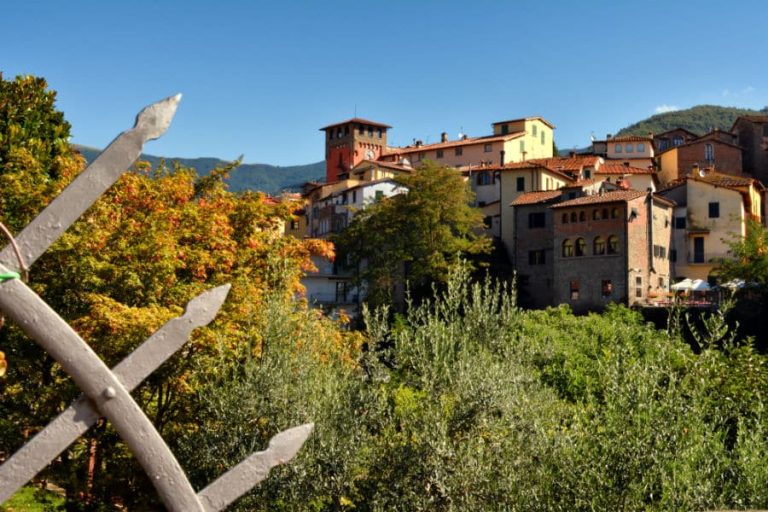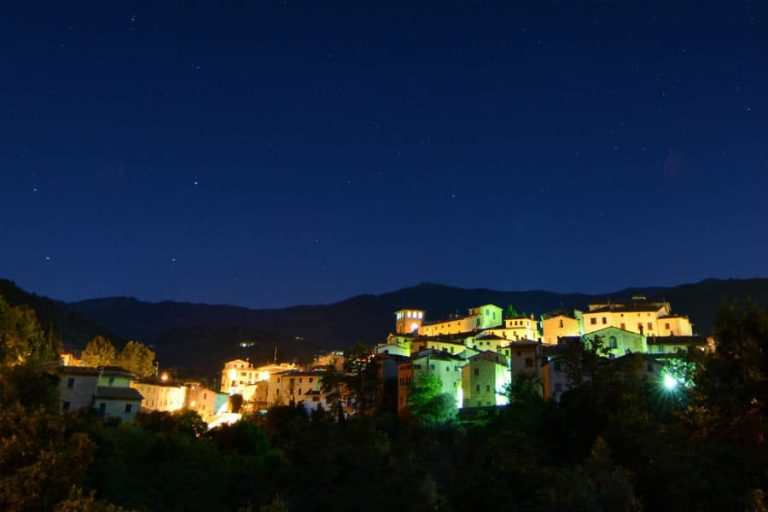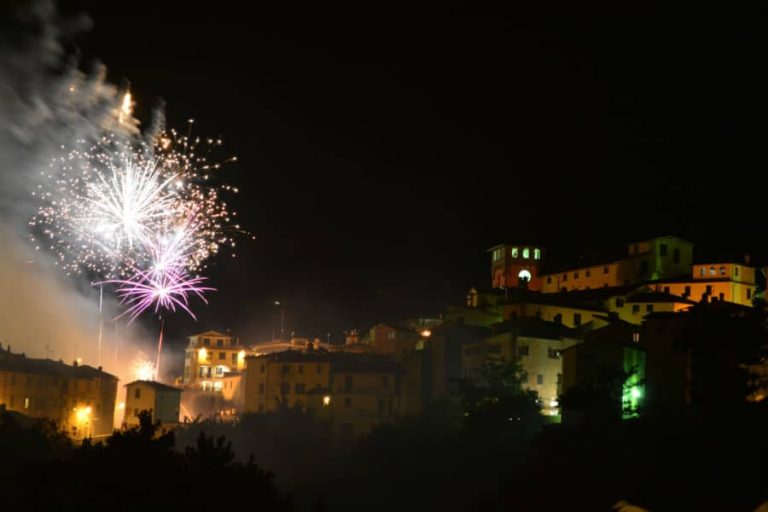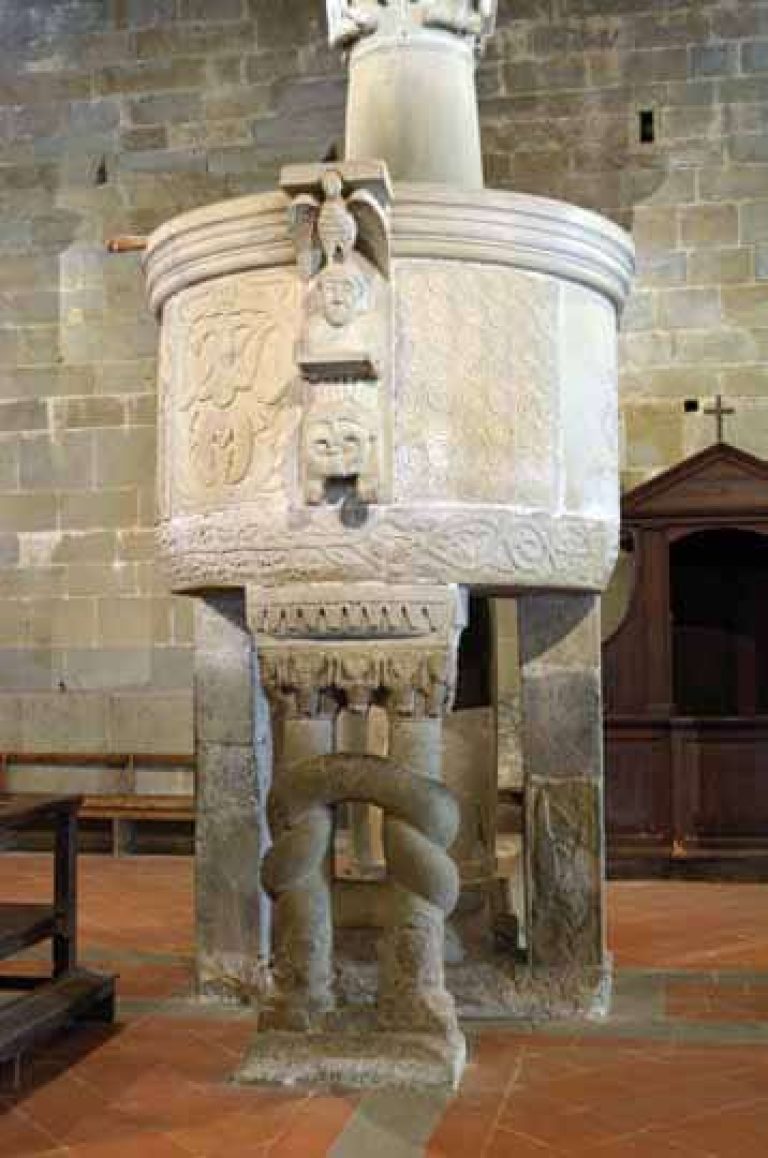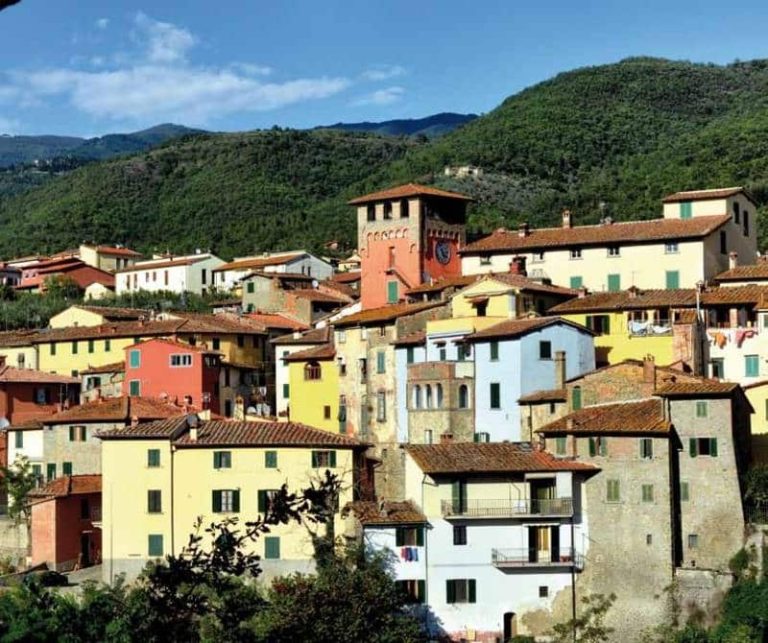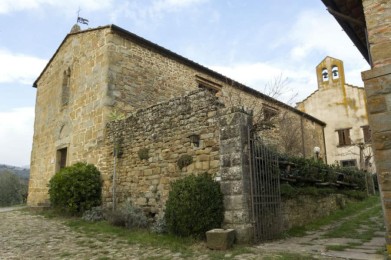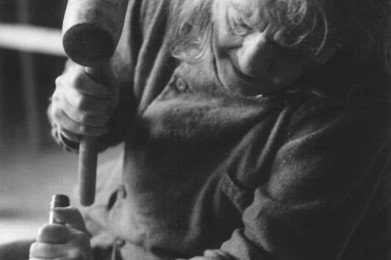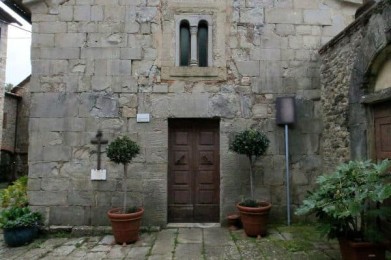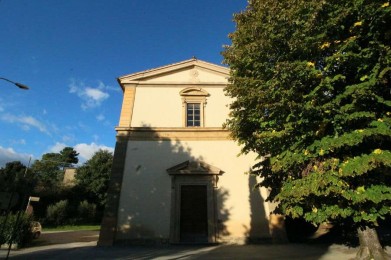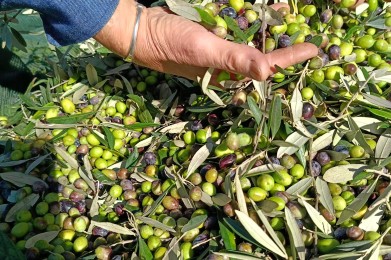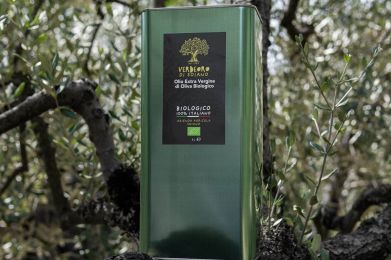Nestled along the historic Setteponti road, the ancient Etruscan-Roman Cassia Vetus, Loro Ciuffenna is a Tuscan village that combines the power of water with the poetry of stone. Inhabited since Etruscan times, the village owes its name to the fusion of "laurus" (laurel), a plant once abundant in the area, and the Ciuffenna stream, which cuts the village in two with its gorge carved into the rock, creating a natural setting of rare beauty.
In the heart of the Arezzo countryside, this charming historic center is part of the I Borghi più belli d'Italia (Italy's Most Beautiful Villages) circuit and is distinguished by its perfect medieval architectural preservation, dominated by the stone bridge and the oldest water mill in Tuscany. Built around 1100 on a cliff directly overlooking the river, the mill is still in operation today and is used to grind chestnuts, from which a fine local sweet flour is made.
Treasures of art and tradition
Strolling through the alleys, one encounters charming corners such as the Church of Santa Maria Assunta, set in a quiet little square, or the Basilica of Our Lady of Humility, a symbol of faith and spirituality in the village. But it is in the Venturino Venturi Museum, housed in the Town Hall, that Loro Ciuffenna reveals one of its most contemporary souls: a permanent exhibition of bronze, wood and ceramic sculptures donated by the artist born here in 1918.
Thousand-year history and fortified evidence
The historic core has medieval origins, as attested by documents as early as 939 A.D., and its defensive conformation was manifested through two streams, two bridges and a system of walls, visible traces of which remain today integrated into the houses facing Piazza dello Scoglio. The Old Bridge, with its archway high above the Ciuffenna, is still perfectly passable and is one of the village's most iconic images.
Over the centuries, Loro Ciuffenna was disputed between powerful feudal families-the Ubertini, the Guidi-and finally conquered by the City of Florence. The municipal statutes date back to 1462 and are preserved in the Florence State Archives. In 1646 the fief was conferred with the title of marquisate to Piero Capponi by Grand Duke Ferdinando II, only to return under grand ducal jurisdiction in 1665.
A landscape painted with the colors of nature
Loro Ciuffenna overlooks the western slope of the Pratomagno massif, set against a backdrop of oak, chestnut and pine forests. In spring and summer, iris crops dye the slopes of the mountain purple, white and red. These flowers, precious for perfume production, are hand-picked and processed according to ancient artisanal techniques, turning into essences that encapsulate the authentic scent of Tuscany.
Traditions and tastes
A land of ancient agricultural knowledge, the village is also famous for the Zolfino bean, named for its pale yellow color similar to sulfur. Cultivated in limited quantities, it is a product of excellence with a very thin skin, appreciated for its digestibility and full flavor, and is the protagonist of many local recipes.
Loro Ciuffenna is a journey through time and beauty, where every stone, every glimpse and every scent tells a story rooted in antiquity but continues to live on, day after day, in the quiet of its squares and the murmur of the stream. An authentic village, set among art, nature and memory.

